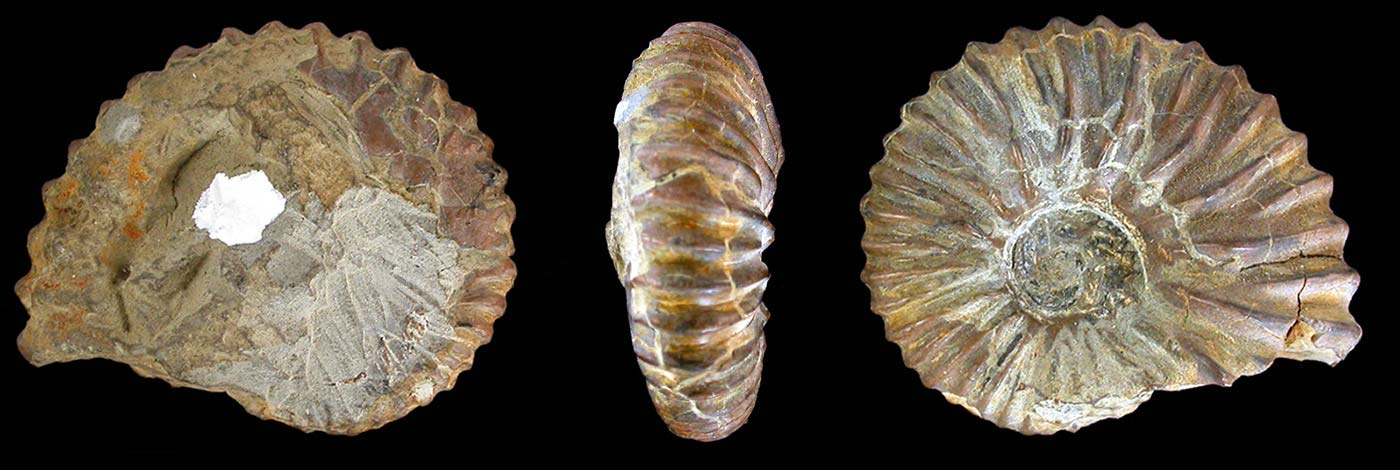
 Volume 2
Volume 2 Published on 30 November 2010
The Albian is named after the Aube département in France and the river that flows through it. This geological stage is an international reference for the geological timescale. The hundred or so metres of clay and marl into which the Aube river carves its way were picked by Alcide d’Orbigny in 1842 to characterize this particular period of time. The great richness and diversity of the fossils found there, especially the large number of ammonites, has motivated continuous research to this day. Since very early on, people have known how to exploit the properties of the Albian clay in everyday life for making roof tiles and reservoirs among other things. These scientific and technological aspects are all covered in this well documented and richly illustrated book, which summarizes all the knowledge acquired on the Albian stage up to the present day.
Claude Colleté is a retired biology and geology teacher and an amateur geologist. He has chaired since 1976 the Geological Association of the Aube département, which develops stratigraphic and palaeontological research in the area and promotes the dissemination of earth sciences among school children and the general public.
COLLETÉ C. (coord.) 2010. — Stratotype Albien. Muséum national d'Histoire naturelle, Paris ; Biotope, Mèze ; BRGM, Orléans, 332 p. (Patrimoine géologique ; 2).